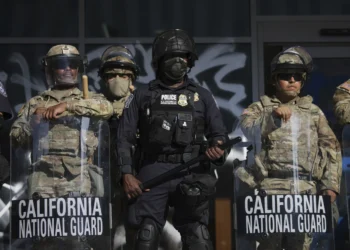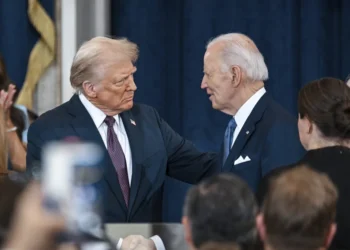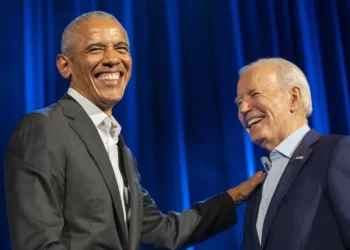Ulysses S. Grant, former general and commander of the United States Army during the final years of the Civil War, had easily won the presidential elections of 1868 and 1872, having been chosen as the dominant Republican Party’s heir apparent. However, a season of presidential scandals — none of which involved the president himself, though he did acknowledge his naïve trust of close friends — had lessened the GOP’s lock on the election cycle of 1876. Grant stepped aside and returned home to his beloved Julia and civilian life for the first time in decades.
Both political parties began planning their campaigns, with the Democrats touting their victory in the 1874 congressional elections, resulting in control of the House, and their plan to “take the presidency.” But first, both parties had to select their candidates.
The Republican Party chose to hold its convention in Cincinnati, Ohio, in June 1876, with the initial frontrunner, Speaker of the House James G. Blaine of Maine, arriving to thunderous applause. However, the reform wing of the Republican Party had no enthusiasm for Blaine, whom they considered to be an “insider” who was not interested in strong reform measures or progressive leadership fit for the last quarter of the century. The nomination slipped through his fingers after the first ballot when he could not garner a majority of the votes.
Then the political dance began as four potential presidential candidates emerged from the throngs. Senator Roscoe Conkling of New York had been a prominent congressional leader during the height of the Radical Republican post-war years. Senator Oliver H. P. T. Morton, former governor of Indiana, and Secretary of the Treasury Benjamin Bristow, who had prosecuted the Whiskey Ring cadre, were considered. While each of the early candidates had solid records, none of them gained favor with the delegates.
From the crowd of potential Republican presidential candidates, one man emerged — Rutherford B. Hayes, Ohio’s governor and the “hometown favorite.”
Conkling, Morton, and Bristow each graciously removed themselves from the vote, giving individual nods to Hayes, who secured the nomination on the seventh ballot. New York Senator William A. Wheeler was selected as his running mate and the ballot was set. The Republicans felt confident that Hayes would easily sweep into the White House as the perfect compromise candidate — a man of high moral reputation who had never had a whisper of criticism from his party or his rivals. His position was strengthened for a national campaign because he had expressed sympathy for the plight of the Southern states in the aftermath of the Civil War and military occupation.
But, the Democrats were not going to step aside without a fight. By the second ballot at their national convention in St. Louis two weeks later, Samuel J. Tilden, governor of New York, had been proclaimed their candidate. Thomas Hendricks, governor of Indiana, received the crowd’s endorsement as his running mate and the 1876 election cycle immediately heated up. Interestingly, Tilden, although a Northerner, was an exciting choice for the Southern Democrats who, of course, had not been able to field their own candidates but appreciated the governor’s understanding of their plight in the hands of the Radicals.
What other factors would influence this presidential election? An economic depression besieged the country, and the expense of military occupation made many observers question why, 11 years after Appomattox, the South was still being “reconstructed,” apparently with little success despite a high financial investment.
Both parties began to form their platforms in hopes of increasing support.
While many of the GOP leaders were indeed weary of Reconstruction’s dominant role in national policies, the party did recommit to “pacification” of the South while assuring its commitment to “protection of all citizens in the free enjoyment of all their rights.” At the same time, the Republicans publicized comments from party leaders that pointed to the Democratic Party’s disregard for civil rights, alleging that a Democrat victory would turn the hands of the clock back to the days of open sectional conflict and a dismissal of “national honor and human rights.” The Democratic Party countered by pointing to the scandalous years of Grant’s administration, calling for civil service reform, restrictions on Chinese immigration, and a true “preservation of the Union.”
The battle lines were drawn.
Election day arrived and the votes were counted. Tilden appeared to be leading by about 250,000 votes but had not yet gained an Electoral College majority. Everyone held their breath as three states were in doubt — Florida, Louisiana, and South Carolina — and few felt confident about the ultimate victor. A hundred and fifty years later, we know Hayes was ready to concede when one of his advisers, William E. Chander, ran the numbers and told the assembled Republicans that if Hayes carried the precincts in doubt, he would emerge with the electoral victory, 185-184.
Both parties sprang into action, claiming victory and sending teams of observers and attorneys to the states in question. November passed into December and the victor was still uncertain.
Who and how would a victor be selected? Interesting questions awaited answers.

















